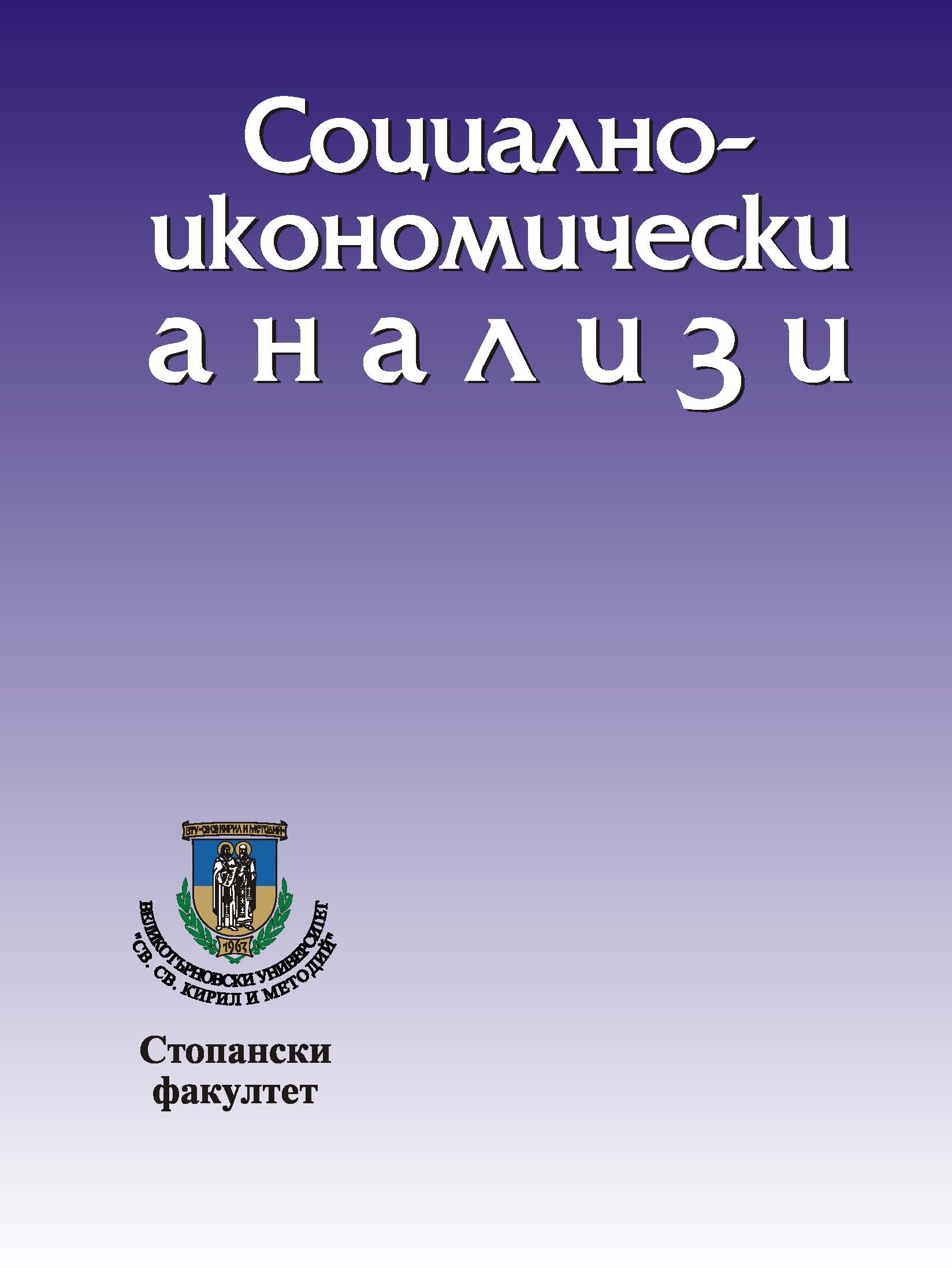Development of the Arab Economy After the ‘Arab Spring’
Development of the Arab Economy After the ‘Arab Spring’
Author(s): Karim NaamaSubject(s): Politics / Political Sciences, History, Economy, National Economy, Business Economy / Management, Recent History (1900 till today), Present Times (2010 - today), Financial Markets, Human Resources in Economy, Geopolitics
Published by: Великотърновски университет „Св. св. Кирил и Методий”
Keywords: Arab economy; “Arab spring”; development
Summary/Abstract: A study conducted by the Research Department of the Secretariat General of the Arab Banking Union entitled ‘Developing the Arab Economy in 2014 and 2016’, shows that the economy has experienced a decline in Real GDP growth compared to 2012. Uncertainty, complexity and social conditions as well as political changes are among the major factors which hamper economic activity in the region. Economic freedom is one of the most important indicators of the level of conditions and the situation that prevail in any country, especially in the Arab countries. If this indicator is negative, it will reflect the country’s situation. Economic and social freedom is just a mirror of a political situation affected by many shortcomings culminating in a reaction to violence in which Arab governments faced the riots of the people during what became known as the Arab Spring. Compared to 2012, the Arab economy experienced a decline in real growth in 2013, which reflected the decline in real GDP growth. This was due to several factors, the most important of them being the fall in oil prices, the energy export earnings of oil-exporting countries, and the ongoing political and social unrest in the region since the beginning of theArab Spring.
Journal: Социално-икономически анализи
- Issue Year: 2017
- Issue No: 2
- Page Range: 159-167
- Page Count: 9
- Language: English

